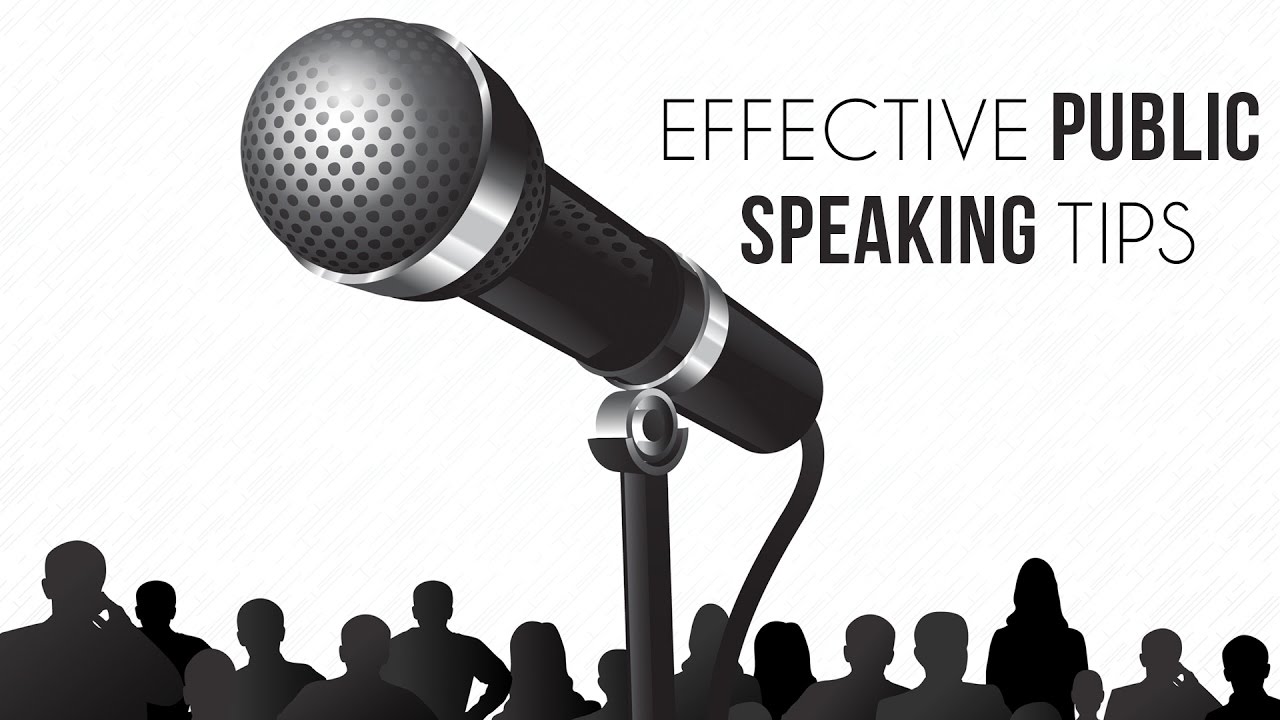Public speaking is a concept that many find palm sweating while for some, it is a daily routine depending on the nature of the work they do. Good public speaking skills are necessary for one’s personal and professional career. Although it is not often that one engages an audience, developing the skills in this field aids in boosting confidence levels and eliminating stage fright when called upon to address people publicly. This is applicable to everyone including people who have a social anxiety disorder with continuous skill development and behavioral therapy.
Good public speakers are on many occasions self-made with experience of time in public addressing. Nevertheless, one can improve on these public speaking skills in so many ways and outlined below are some tips on how to improve and develop exemplary public speaking skills ;
Voice Control
One’s voice is the ultimate tool for public speaking. To efficiently improve on one’s vice, they need to practice breathing from their diaphragm instead of their chest.It is the same principle professional singers and vocalists use for those controlled multi-pitch voices that they strike all the notes with. Diaphragmatic breathing also minimizes breathlessness brought about by speech anxiety.
Owning the Stage
A strong stage presence makes for better reception and responsiveness of the audience. It also boosts one’s confidence significantly. To be a good public speaker, one needs to be energetic, enthusiastic, confident and friendly to the audience. Choosing a comfortable topic makes you confident to talk about it. Being friendly means engaging one’s audience perhaps with a smile. A powerful delivery depicts energy and enthusiasm which shows one knows what they are doing on stage and they are comfortable doing it.
Delivery of Content
Delivery is the key when it comes to public speaking. A great voice and good body language compliment the delivery of the message. One needs to ensure that the audience can easily follow what they are saying . Speaking slowly and deliberately to the audience makes it easy to follow your content. Dramatic pauses are necessary to give the audience time to digest what they have heard as well as keeping them in suspense over what one is going to say next. Meticulous articulation and word pronunciation of words is also another great way of delivery. Mumbling or stuttering never helps. Tonal variation is also a way to keep the audience interested in what one has to say.
Body Language
Communication to an audience is not just by spoken word of mouth but there are other non-verbal modes of communication and primarily body language. You can not be a good public speaker with a slumped or stooping posture. It is imperative to practice standing with an upright and relaxed posture. Clasping one’s hands in front of them or having them at their sides unless when emphasizing a point is a good quality of a [public speaker. Facial expressions also matter when one is delivering a message. It is important that the facial expression on the face corresponds to the message one is conveying. An upbeat speech calls for a relaxed and happy face.



